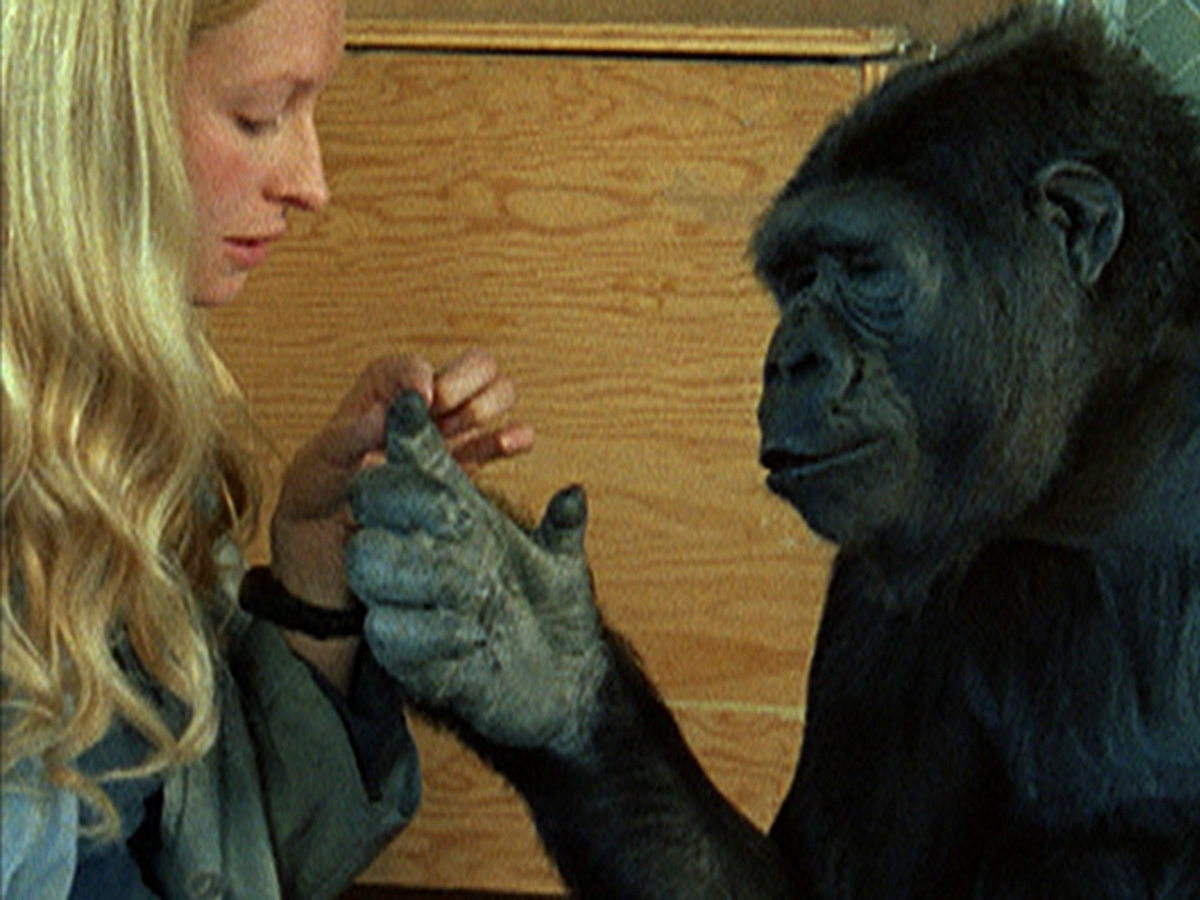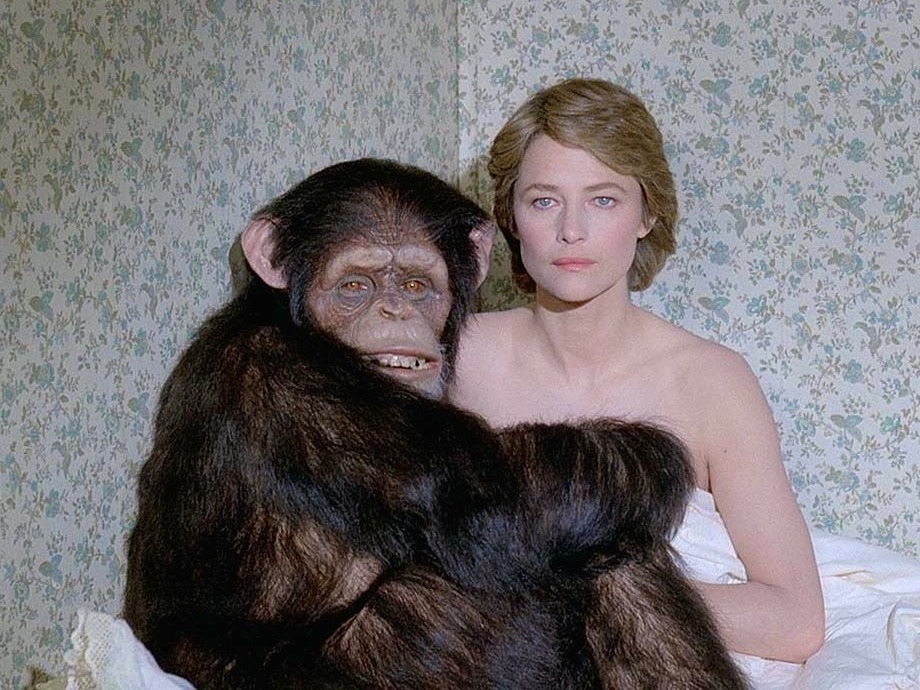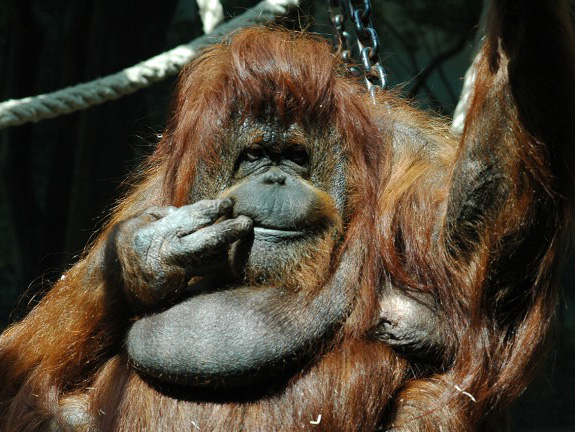Wikipedia offers us a great overview of famous monkeys. On “Gorillas in popular culture”, obvious references to King Kong and The Planet of the Apes are interspersed with equally evident facts such as “The popular virtual band Gorillaz is named after the animal”. In the “List of individual apes”, there’s mention of “Zoo notables” – among which is Harambe, the gorilla who gained immortality as a meme after he was shot dead when a three-year-old boy climbed into his pit at the Cincinnati zoo in 2016. This week, we highlight three less widely known but nonetheless marvellous cinema-apes.
Nénette, for example, is not a meme and remains absent from these Wikipedia pages. The 40-year-old orangutan is portrayed by Nicolas Philibert in the 2010 film of the same name. Filming her from a frontal perspective, watching her as she watches the innumerable visitors passing by – watches us! – Philibert gives caring attention to the encaged ape.
Written by the recently deceased Jean-Claude Carrière, Max mon amour (Nagisa Ôshima, 1986) is a film about the love affair between a female human and a male chimpanzee. Moreover, it is a tale about longing for the other, about jealousy and the (im)possibility of living together. In Dutch, Sabzian’s own Nina de Vroome wrote in a text about the film: “Looking at animals is always voyeuristic, because they cannot look back. To us, they are just the outside. Behind their plumage and shiny coat is a black box where processes take place that remain hidden to us.”1 She cites John Berger on the lack of a common language, on the guaranteed distance between mankind and other animals.
According to some scientists, the emergence of a common language between ape and man is not necessarily impossible. The third ape we are looking at this week is the gorilla Koko, who was part of a language experiment and was able to understand and produce words through sign language. With self-proclaimed friends such as Leonardo DiCaprio, Robin Williams and Peter Gabriel and several films portraying her, Koko entered the world stage when she adopted a cat in 1984. In Barbet Schroeder’s film Koko, le gorille qui parle, we follow her through the lens of Nestor Almendros.
Koko, le gorille qui parle(Barbet Schroeder, 1978) is available on The Criterion Channel and Universciné.
Max mon amour (Nagisa Ôshima, 1986) is available on Amazon Prime,MyCANAL and Universciné.
Nénette (Nicolas Philibert, 2010) is available on MUBI, Universciné, MyCANAL and Amazon Prime.
- 1“Het kijken naar dieren is altijd voyeuristisch, omdat ze niet terug kunnen kijken. Voor ons zijn ze slechts buitenkant. Achter hun verenkleed en glanzende vacht zit een zwarte doos waarin zich processen afspelen die voor ons verborgen blijven.” From Nina de Vroome, “Verlangen naar de ander”, Sabzian, 2017.




